Astrology loves a bold symbol, and Sagittarius wears freedom like a set of wings. But if we leave the star charts and step into the field, which real animal captures that restless, horizon-chasing spirit? Biologists have spent decades tracking birds with tiny tags, decoding how far, how high, and how cleverly they travel. The data reads like an atlas written in feathers – migrations that span oceans, sleeps taken on the wing, and paths that draw loops across the planet. Today, we follow those lines to ask a simple, scientific question with a poetic twist: which flying creature lives the way Sagittarius dreams?
The Hidden Clues
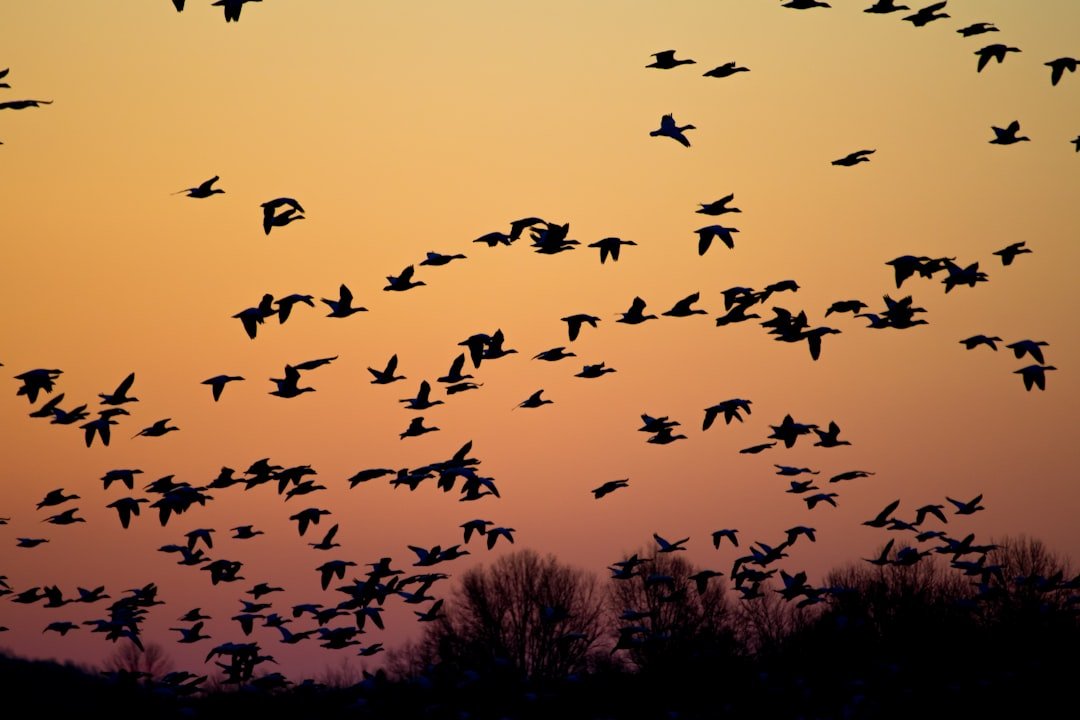
Freedom in the sky is not just a feeling; it shows up in measurable patterns – distance, duration, and decision-making. Migration telemetry reveals routes that stretch from pole to pole, with birds timing departures to shifting winds and changing daylight. Flight biomechanics explain how some species ride invisible highways of air, conserving energy the way marathoners pace their steps. Neurobiology adds another thread, showing how navigation blends sun position, star maps, magnetic cues, and even scent landscapes. Put together, these clues sketch a profile of independence: animals that travel far, improvise often, and turn the planet into a familiar neighborhood. That profile points us to a short list of fliers that seem custom-built for the Sagittarian myth of unbounded motion.
From Ancient Symbols to Modern Science
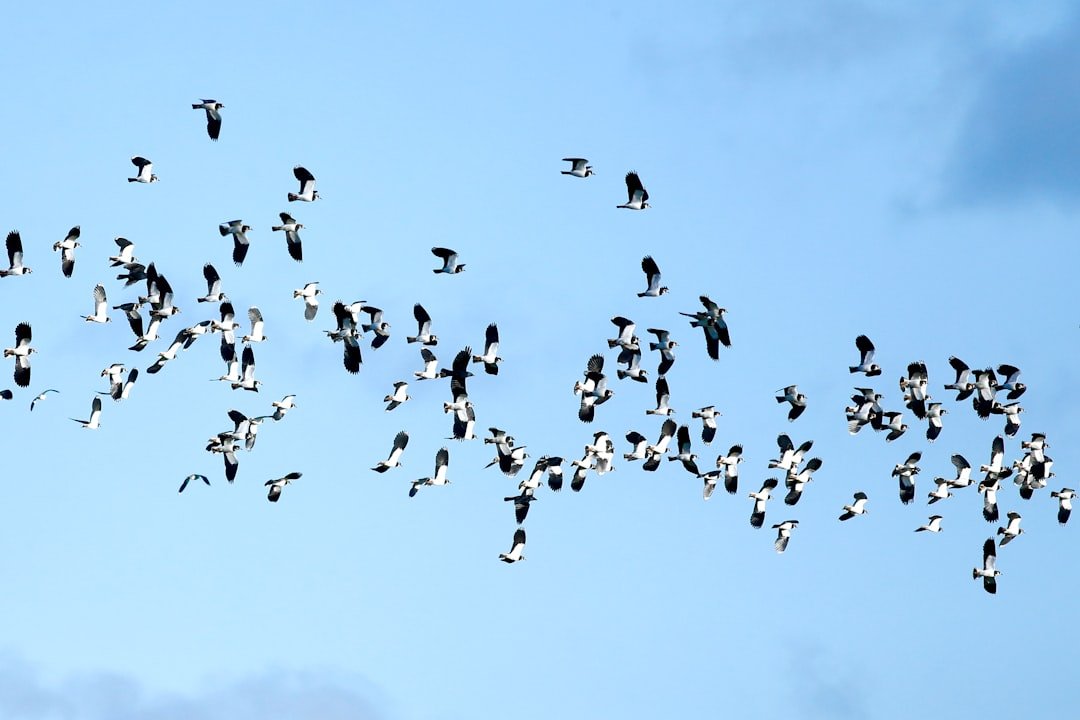
It’s tempting to match signs to animals on vibes alone, but the stronger test is evidence. Scientists now tag tiny geolocators on birds scarcely heavier than a handful of paperclips, yielding travel logs spanning years. The resulting timelines beat back guesswork with hard numbers – how often a bird rests, where it refuels, and how it handles storms that would pin a small plane. In parallel, long-term banding records and satellite data expose shifting migration calendars as climate patterns change. The method matters: when we ask which species stands for boundless freedom, we can compare measured behaviors rather than rely on poetry. That makes the answer more interesting, because it can surprise even seasoned birders.
Arctic Tern: The Summer Chaser
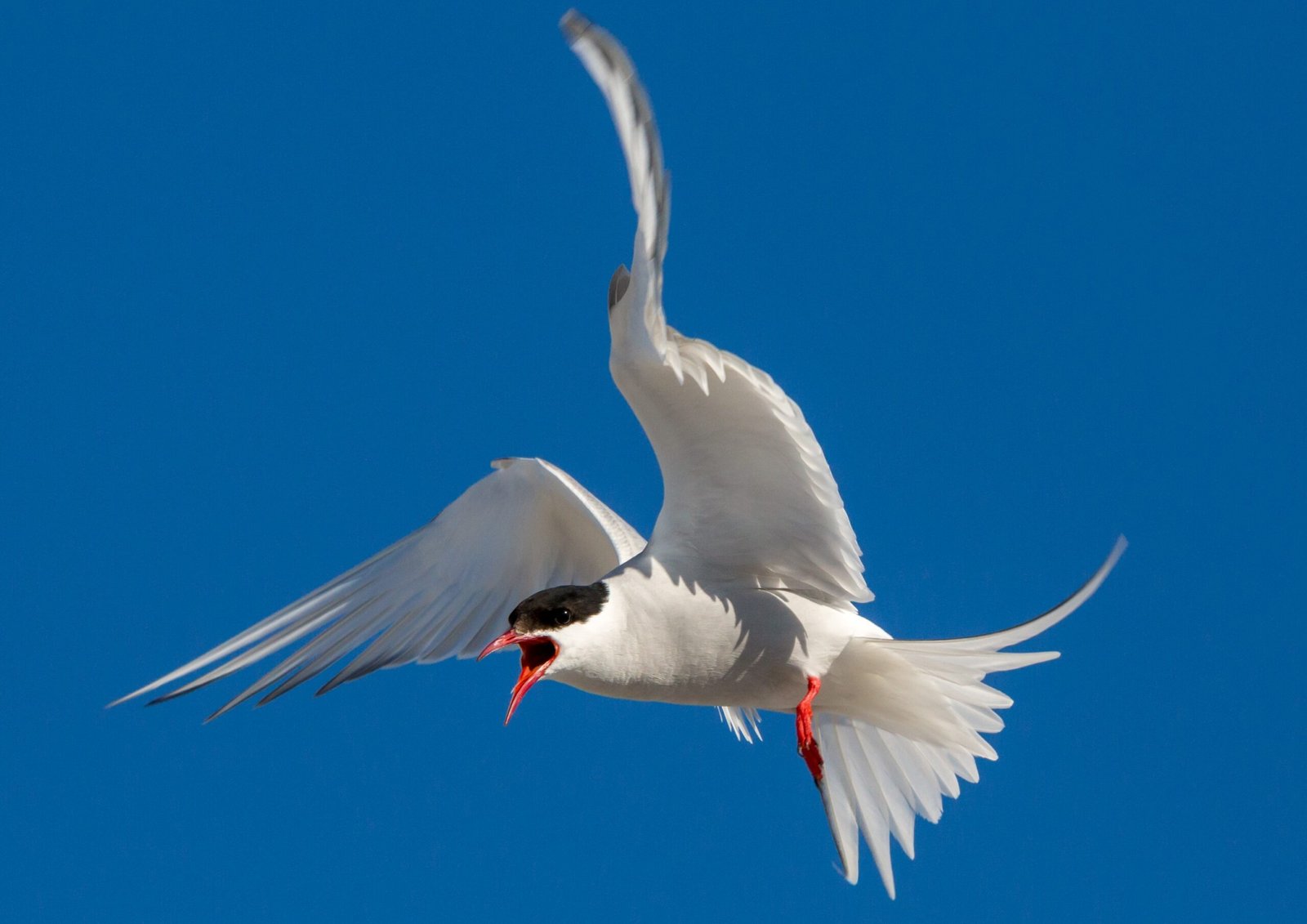
The Arctic tern reads like the archetype of wanderlust, tracing a yearly figure-eight from the high Arctic to Antarctica and back again. It chases continuous daylight, spending most of each year where the sun lingers longest, as if allergic to boundaries. Studies have logged its annual journey as spanning the great oceans and skirting prevailing winds, a living proof that strategy and stamina can rewrite geography. Terns ride tailwinds, arc around storms, and recalibrate routes from year to year, a nimble response to a planet that never stands still. They are also long-lived for their size, compiling many decades of travel into an almost mythic tally of miles. If Sagittarius is the seeker who never stops moving, the tern is the field-tested answer.
Common Swift: The Relentless Drifter
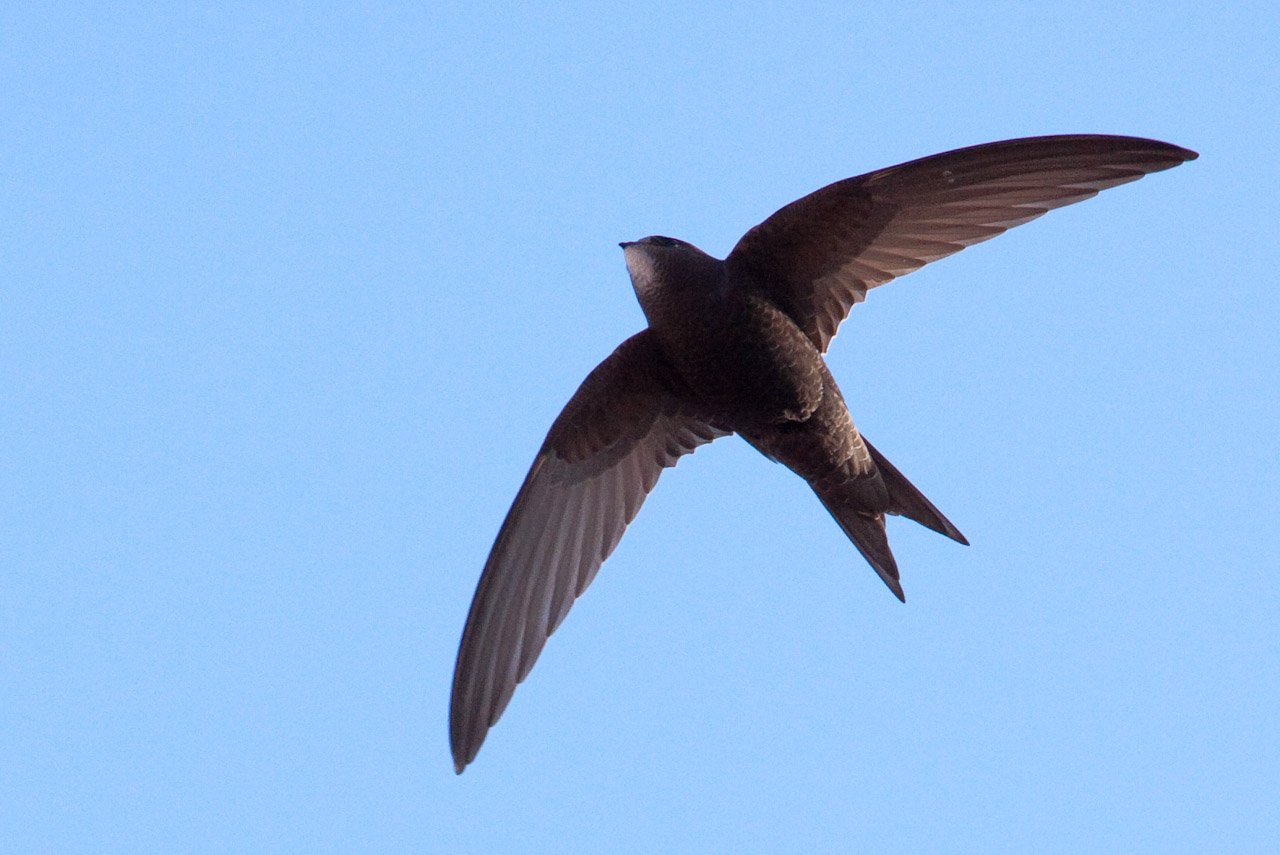
Swifts bring a different flavor of freedom: time aloft more than distance alone. Some individuals spend much of the year in continuous flight, feeding, courting, and even sleeping on the wing while skimming the boundary between ground weather and high air. Their bodies are tuned for this aerial life – scimitar wings, small feet, and a metabolism that sips energy like a careful traveler with a single canteen. Movement data show broad seasonal loops between breeding grounds and African skies, more like a slow bloom than a straight-line migration. The remarkable part is the continuity, a calendar written in motion rather than in stops and starts. If freedom is the refusal to come down, the swift makes a very persuasive case.
Wandering Albatross: Ocean Nomadry in Slow Motion
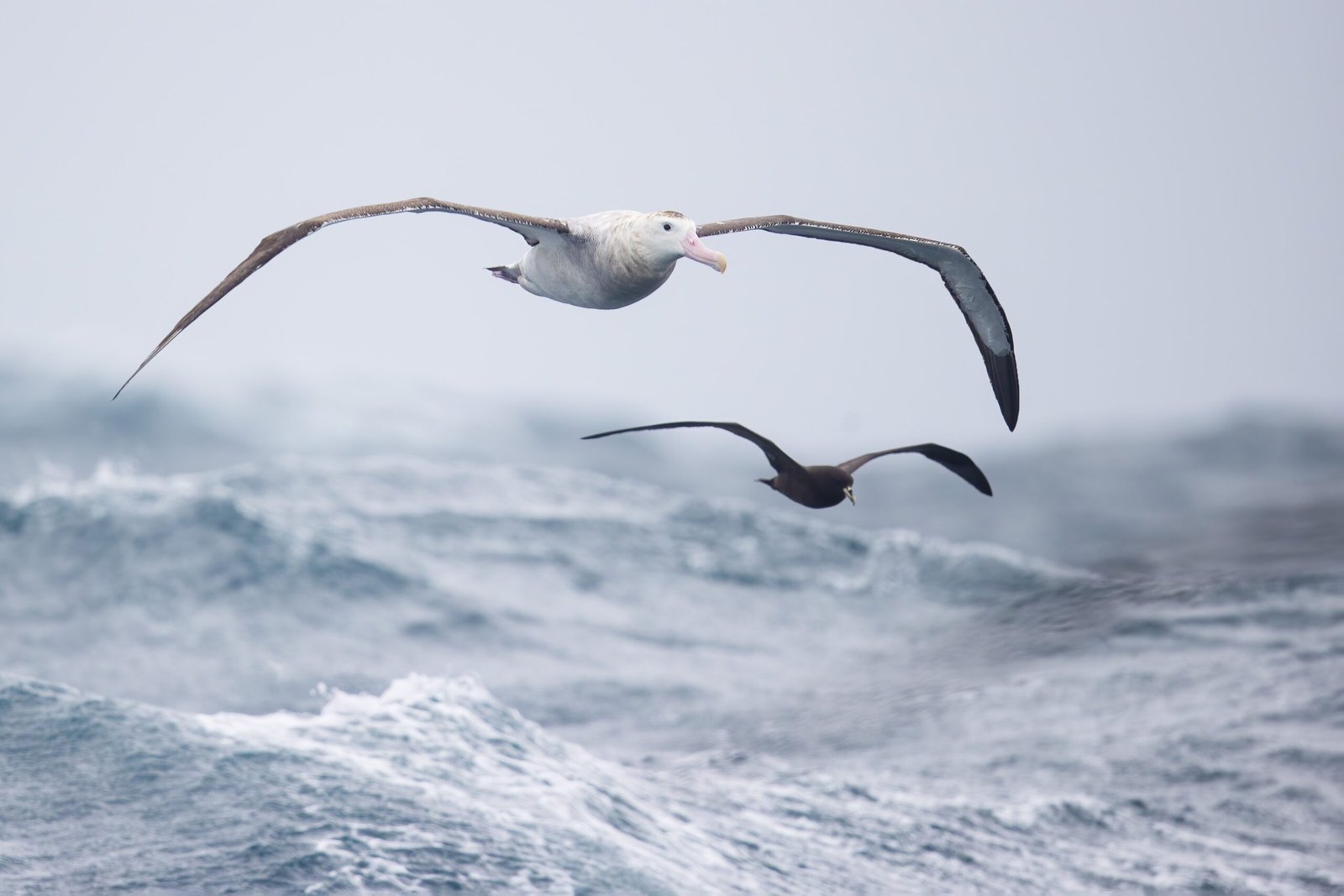
With the largest wingspan among living birds, the wandering albatross turns the windiest edges of the planet into its personal highway. It uses dynamic soaring to harvest energy from wind gradients over waves, sketching giant orbits that often cross entire ocean basins. The bird’s strategy is elegance over rush: long, unflustered arcs that barely cost a wingbeat, a kind of sky-sailing perfected by evolution. Longevity stacks the deck, letting a single individual circle the Southern Ocean countless times across a life that can outlast many human careers. When storms rise, albatrosses angle into them, reading the sea’s texture like braille and choosing lines that keep them aloft with minimal expense. This is freedom as mastery – less sprint, more command of the elements.
Why It Matters

Choosing a “Sagittarius bird” might sound whimsical, but the exercise spotlights behaviors that define terrestrial freedom in biological terms. Long-distance migrants help map wind corridors, ocean productivity, and climate anomalies, acting like sentinels for a changing Earth. Comparing species brings out trade-offs: the tern’s relentless mileage, the swift’s airbound lifestyle, the albatross’s energy mathematics. Traditional conservation once focused on breeding sites; these travelers prove protection must also span stopovers, flyways, and even international waters. In this light, freedom is not just distance – it is access to intact routes, predictable winds, and reliable food webs. When any link breaks, the story of liberty becomes one of detours and losses, and the data show it quickly.
Global Perspectives
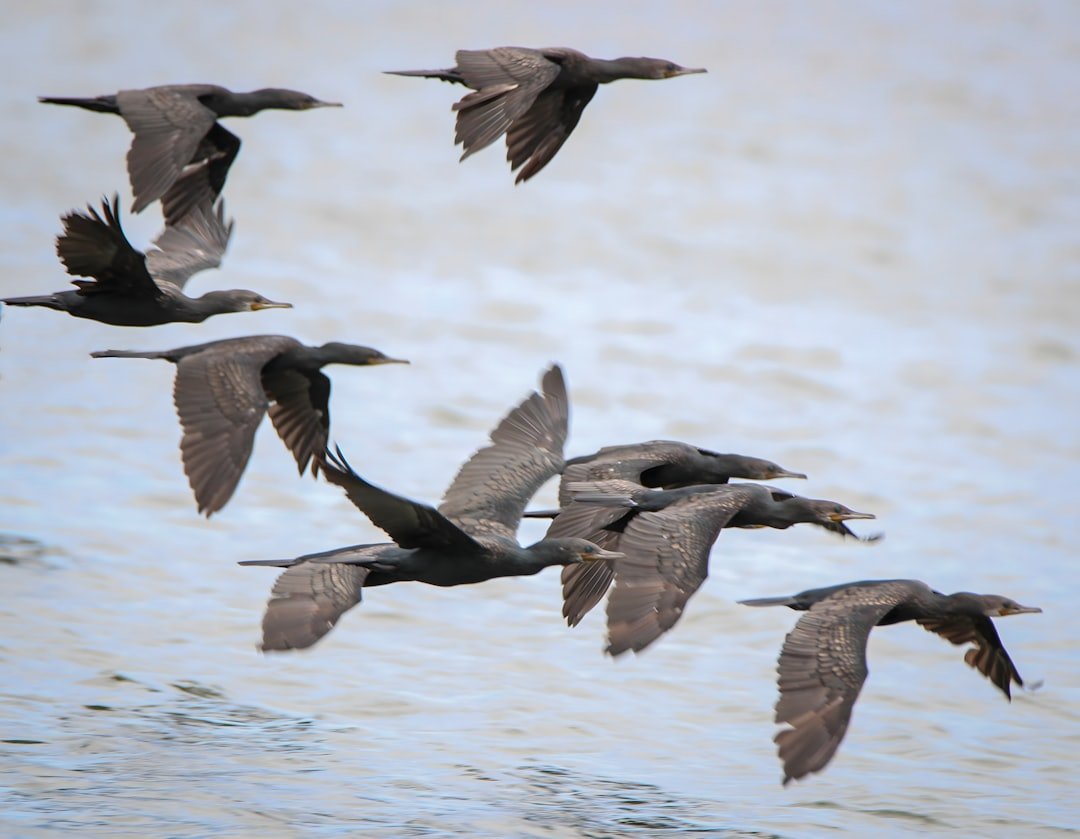
Migratory freedom is a global contract, and every region negotiates it differently. In polar seas, shifting ice edges reframe fishing grounds and the plankton blooms that feed the food chain terns rely on. Along continental coasts, expanding cities and bright night lighting can derail the swifts’ insect buffet and disorient birds navigating by celestial cues. Far offshore, longline fisheries and changing wind belts intersect with albatross routes, reshaping risks in subtle ways year to year. Conservation alliances now track birds across borders, sharing telemetry to identify bottlenecks and seasonal pinch points before they harden into permanent barriers. When nations align protections along entire corridors, the results look like freedom regained rather than freedom imagined.
The Future Landscape
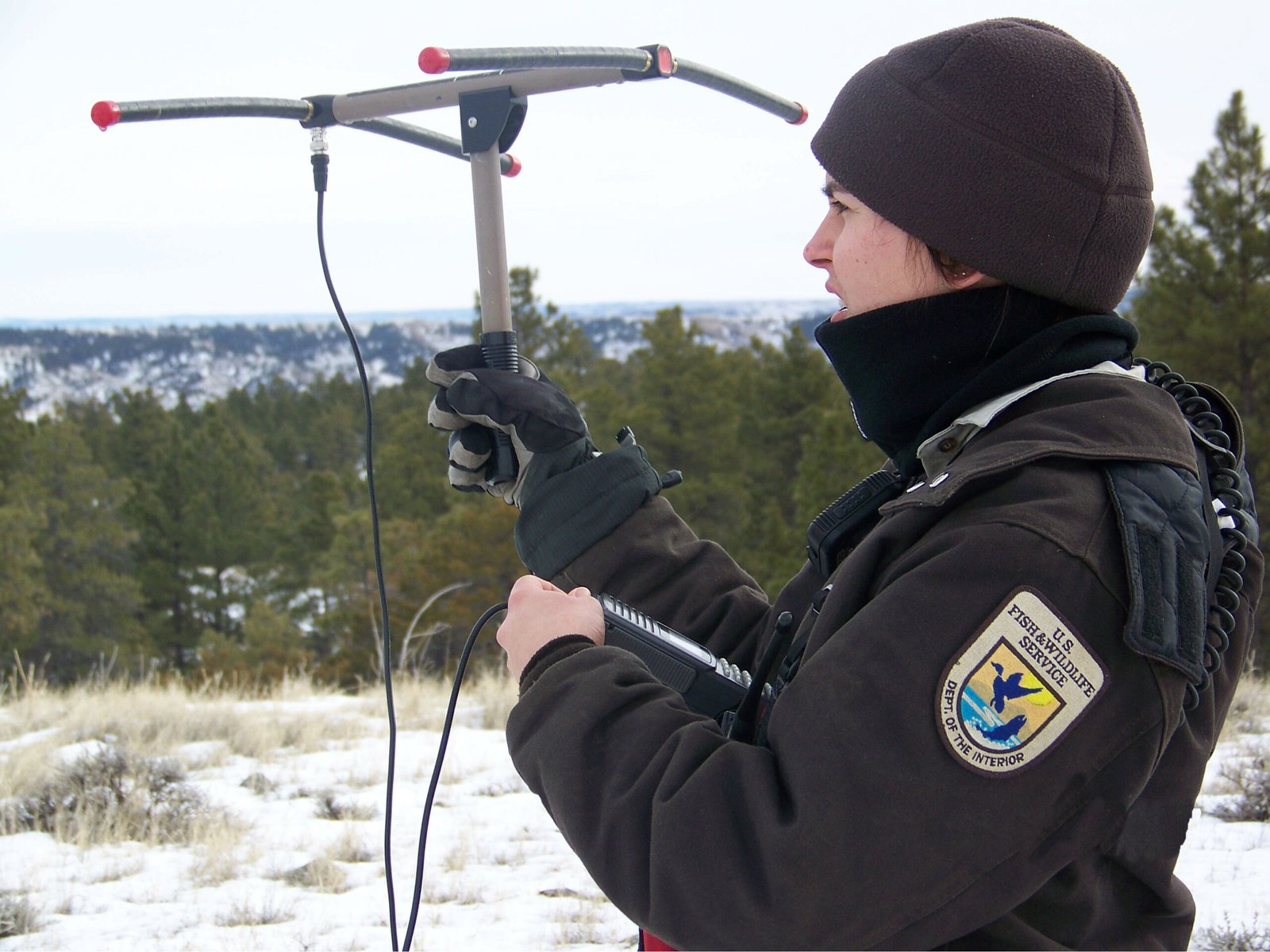
Bio-logging is shrinking fast, and the next generation of tags will pair solar power with smarter onboard processing to extend tracking across lifetimes. Machine learning already merges weather reanalyses with migration paths to forecast where birds will go next week, making room for dynamic protections at sea and on land. New radar networks reveal nocturnal flights that once went unseen, offering a live map that city planners can use to dim lights during peak movements. Genetic tools tie populations to specific routes, which helps target interventions where they will buffer the most individuals. Even aircraft operations are joining the conversation, syncing flight schedules with migration forecasts to reduce collisions without sacrificing efficiency. These advances promise better answers to our headline question, because freedom is easier to recognize when you can measure it without getting in the way.
Conclusion
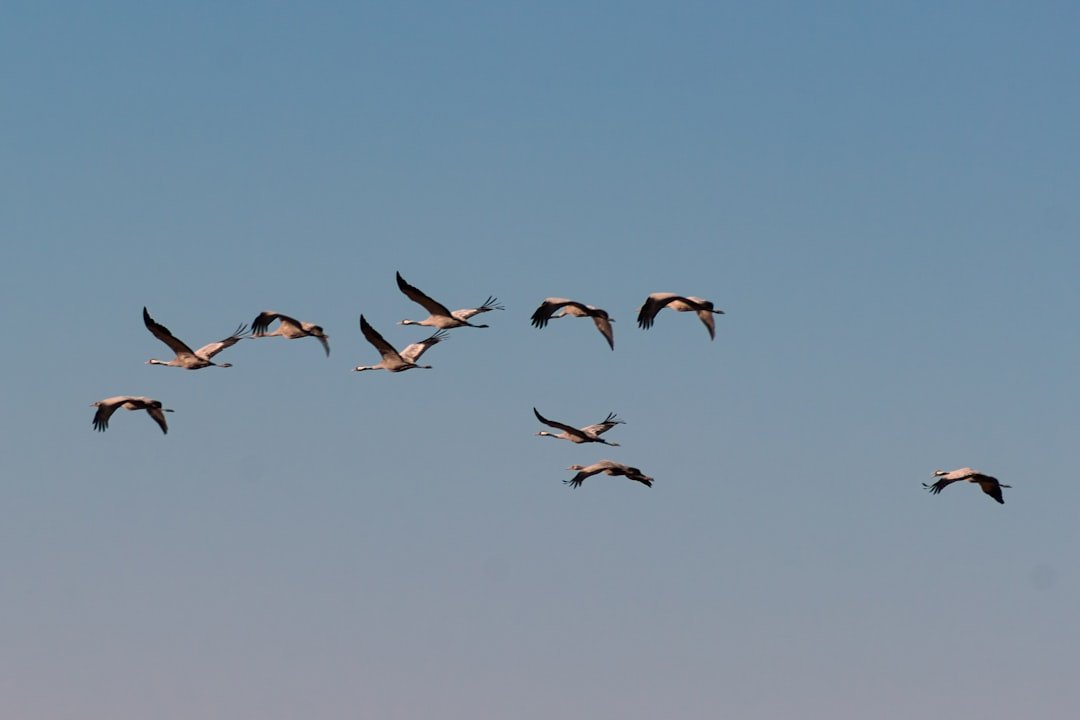
There are practical ways to keep these sky-roads open while we admire the birds that travel them. Support local and international groups that safeguard stopover wetlands, coastal updraft zones, and pelagic foraging hotspots that migrants depend on. At home, make windows safer with patterns visible to birds and keep outdoor lights low and warm during peak migration nights. In cities, advocate for light-out programs and green roofs that double as insect habitat for aerial insectivores like swifts. If you love data, join community science platforms that log timing and numbers, feeding the models that guide protections. And when you picture Sagittarius freedom, let the Arctic tern lead the image – a small, determined traveler proving that true range is built one smart decision at a time.

Suhail Ahmed is a passionate digital professional and nature enthusiast with over 8 years of experience in content strategy, SEO, web development, and digital operations. Alongside his freelance journey, Suhail actively contributes to nature and wildlife platforms like Discover Wildlife, where he channels his curiosity for the planet into engaging, educational storytelling.
With a strong background in managing digital ecosystems — from ecommerce stores and WordPress websites to social media and automation — Suhail merges technical precision with creative insight. His content reflects a rare balance: SEO-friendly yet deeply human, data-informed yet emotionally resonant.
Driven by a love for discovery and storytelling, Suhail believes in using digital platforms to amplify causes that matter — especially those protecting Earth’s biodiversity and inspiring sustainable living. Whether he’s managing online projects or crafting wildlife content, his goal remains the same: to inform, inspire, and leave a positive digital footprint.




